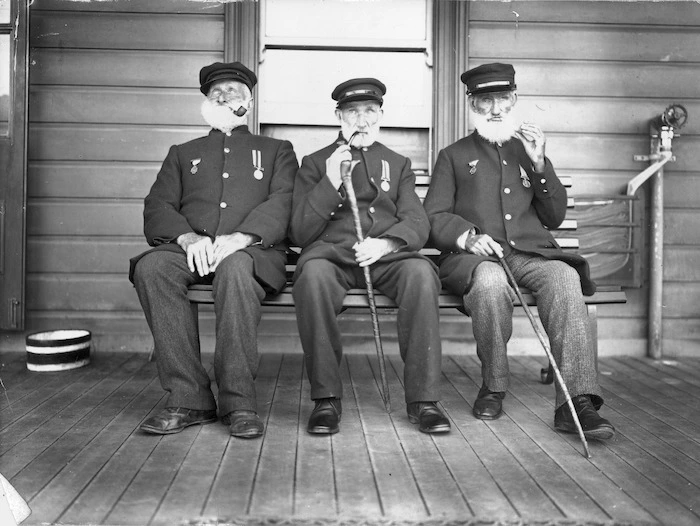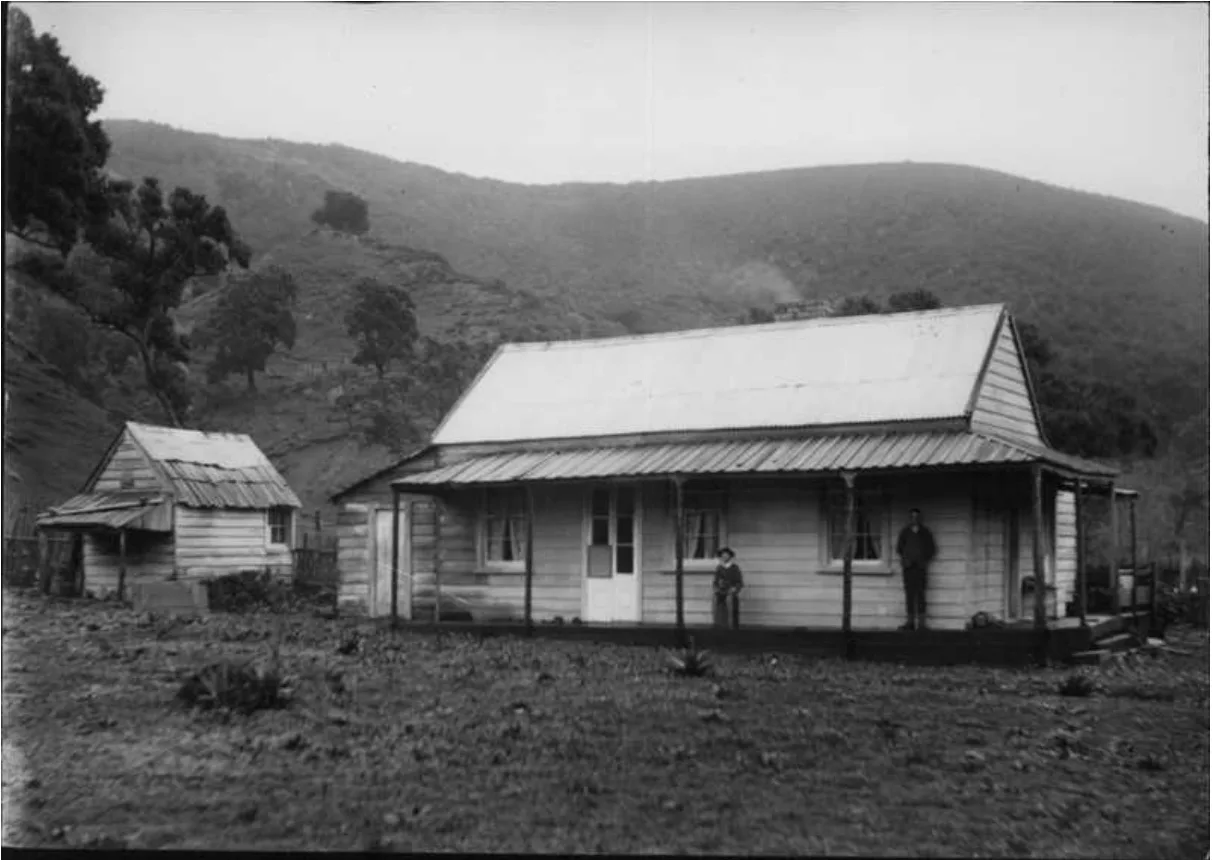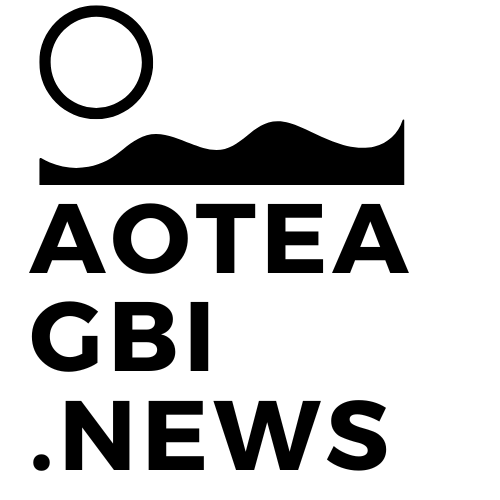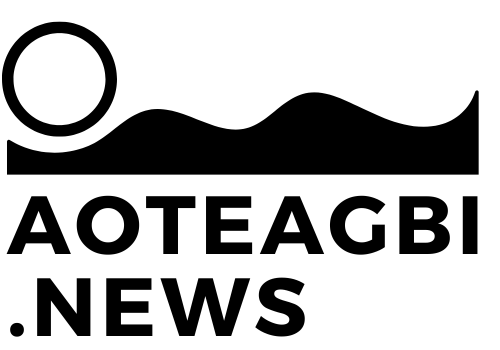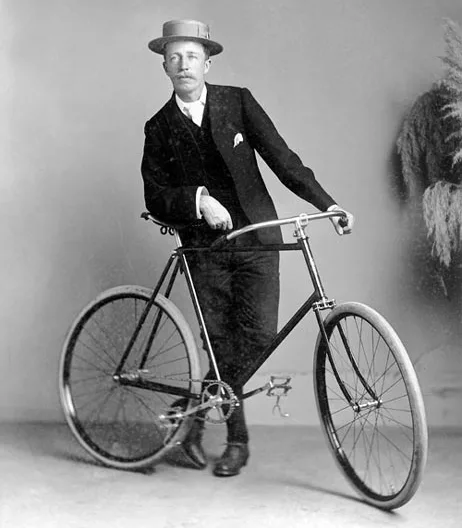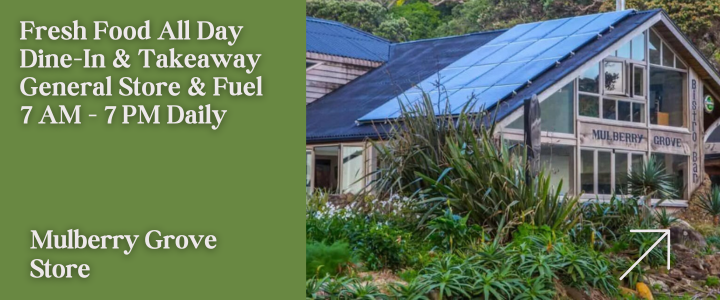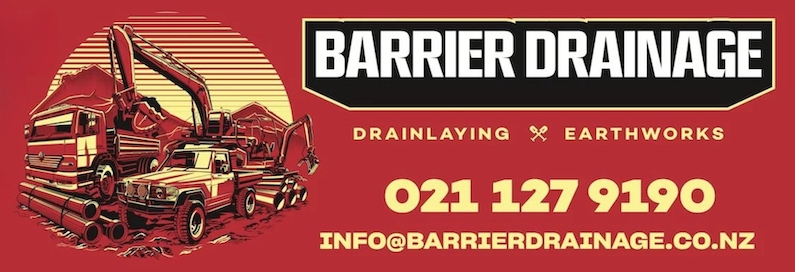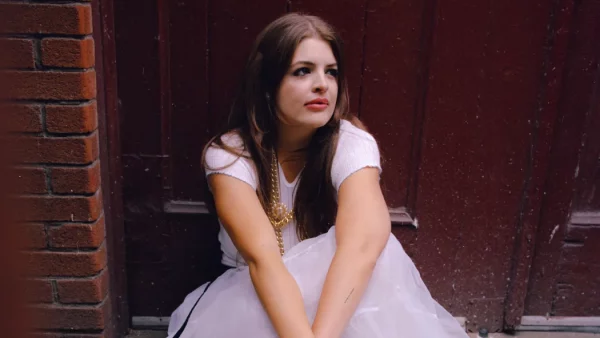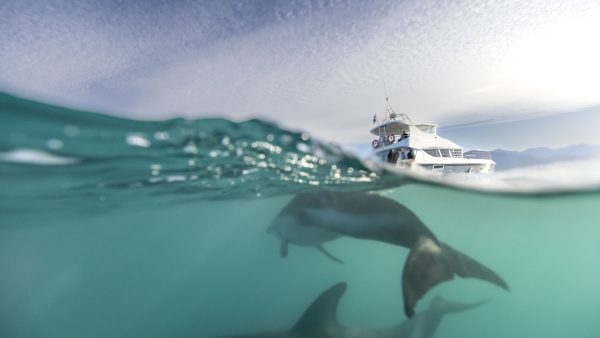In the latest installment of our “Island Icons” series, we turn the lens toward Henry Winkelmann, a name synonymous with pioneering photography in New Zealand and a figure of significant historical intrigue on Great Barrier Island. His extensive body of work across the Pacific, coupled with his unique personal story, has cemented his place in the annals of our local heritage.
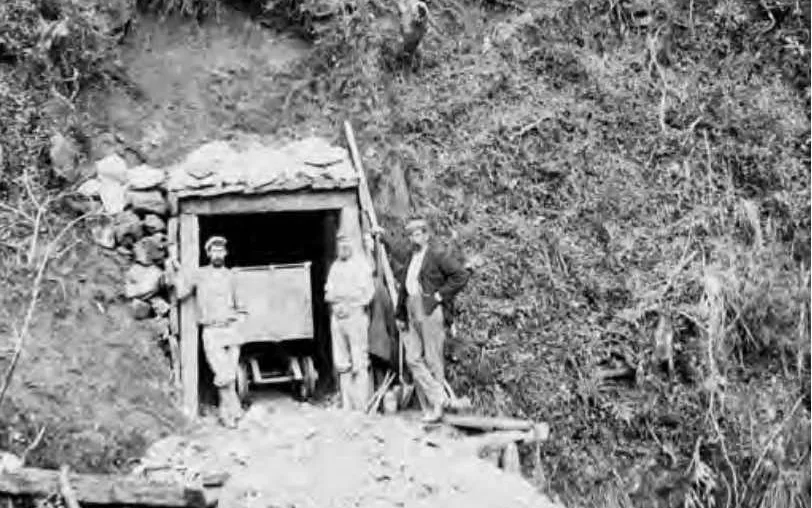
Winkelmann’s journey from a bank clerk to a renowned photographer is as fascinating as the images he captured. Arriving from Bradford in 1878, he embarked on an early adventure—a daring guano expedition to Jarvis Island. Left marooned for months when his boat failed to return, this episode set the stage for a life dedicated to exploration and documentation. The guano yarn alone would be enough for most of us to dine out on for years. However, it was upon his return to Auckland and his shift to full-time photography that Winkelmann truly left his mark.
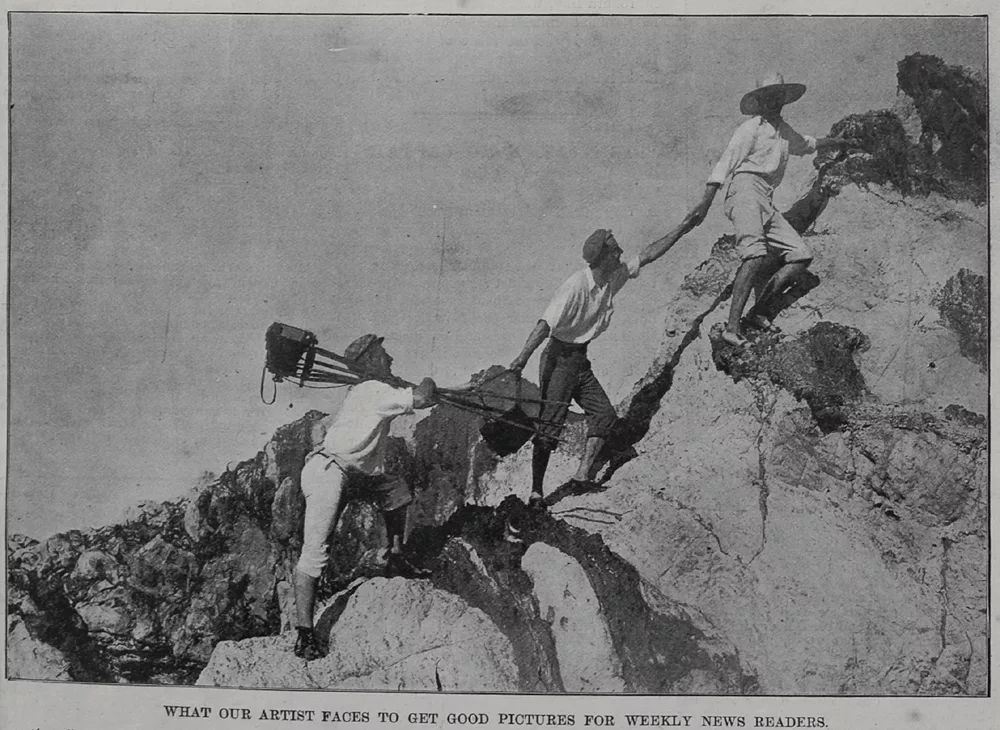
Winkelmann is best known for his exceptional time-lapse panoramas capturing Auckland’s evolution, now being restored as national taonga. However, his photographic talent extended beyond urban landscapes.
Winkelmann’s time on the Barrier, specifically at Rosalie Bay, began in 1895. He arrived at the bay with another gentleman, Richard Harrington, whom papers of the time perhaps euphemistically termed a ‘companion’ and ‘business partner’.
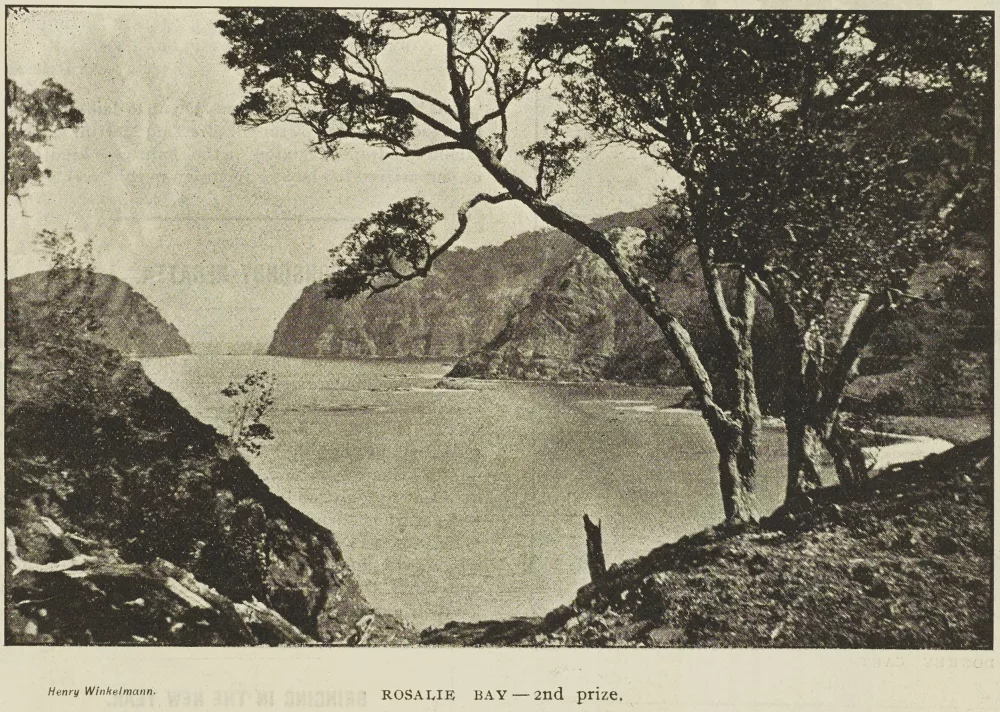
The venture was short-lived (2 years), highlighting the difficulty of cultivating the island’s limited arable land—a challenge that many settlers faced. Despite the setback, Winkelmann’s photographic endeavors flourished, turning his lens toward capturing the essence of island life. His images of the Island’s communities during the pigeon post days where little info got in or out, preserve a unique period in our history.

From detailed shots of daily life to community gatherings and family portraits, Winkelmann’s photographs are a treasure trove of historical documentation, capturing the essence of life in a bygone era. During his short stay, he traversed much of the island, his archives featuring homes, businesses, and their inhabitants from Fitzroy in the north, to Medlands, Tryphena, and beyond.

Beyond capturing landscapes and daily life, Winkelmann’s photography also reveals aspects of his personal life. Among an archive are photographs of him and friends bathing together in the hot pools on Aotea, sharing a bed, and even making out. The archive also features photographs of well-known cruising spots in Auckland. Punishments for homosexual acts were severe at the time, including imprisonment.
Winkelmann’s work gained recognition for its artistic merit and historical significance, it featured in the New Zealand Herald, but his panoramas of Auckland, in particular, are celebrated and surveyed today for their detailed portrayal of the city’s evolution.
“There are quite a few landmarks on the skyline of the panorama that we would recognize today…” according to Keith Giles, Heritage Photographs Librarian of Auckland Council.
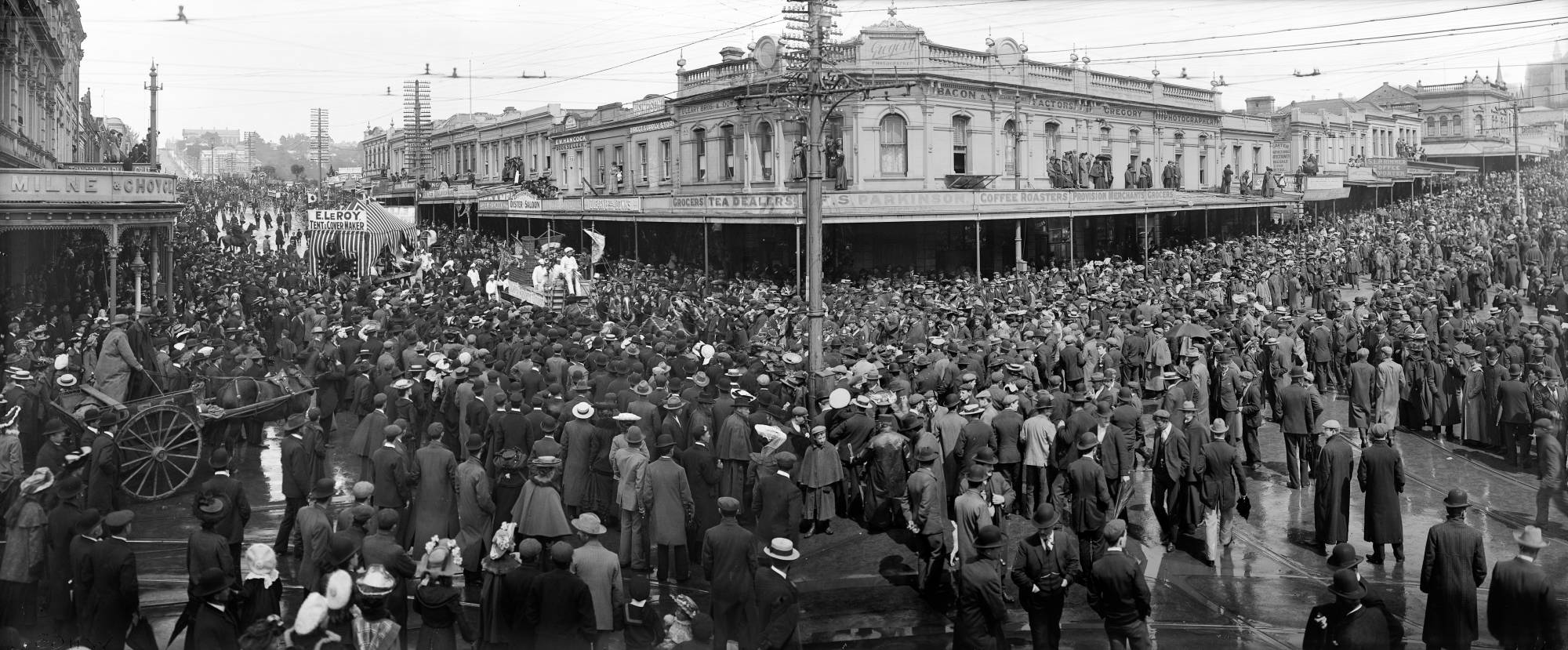
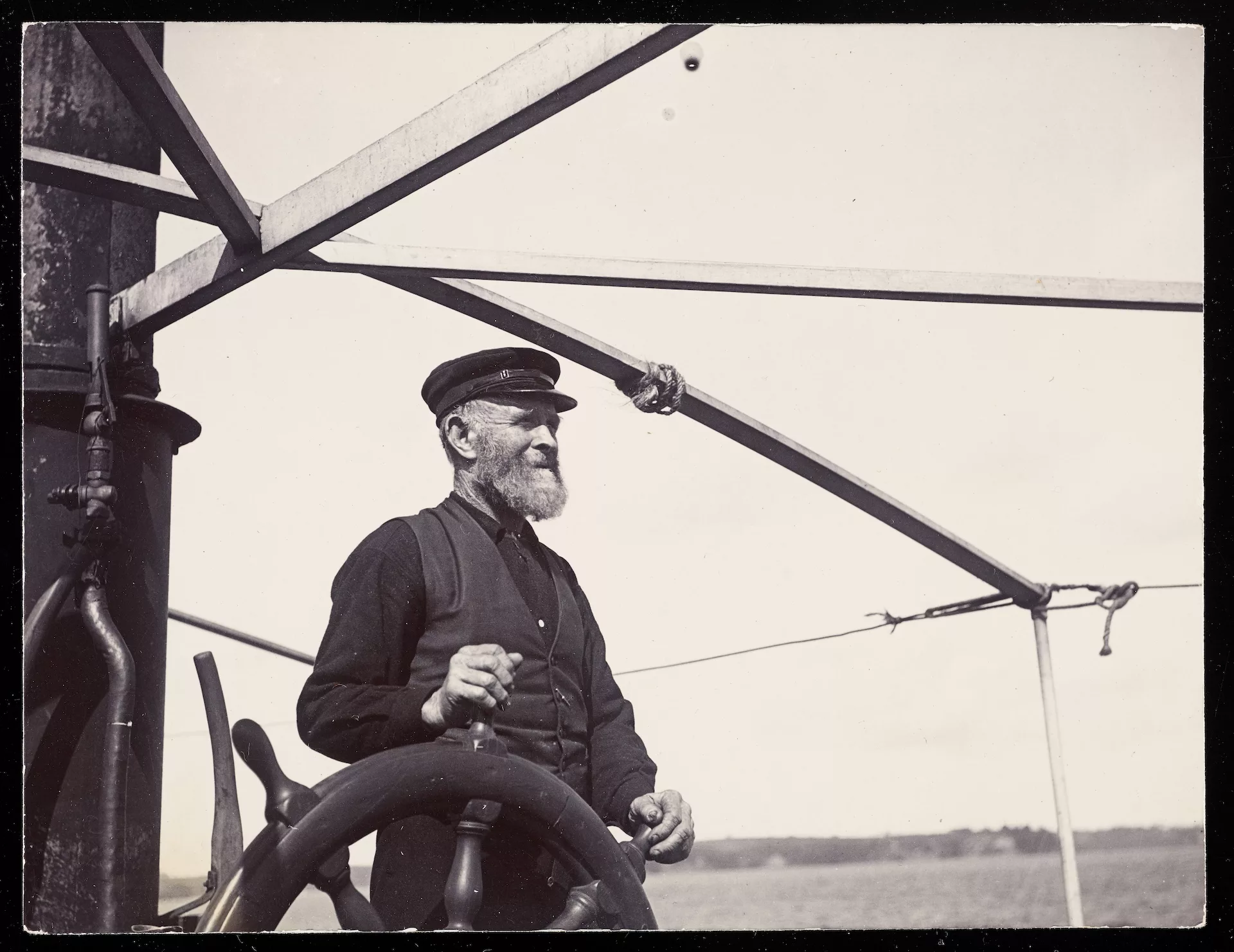
The panoramas, meticulously stitched together from glass plates, are a testament to precision and dedication according to Giles.
“He made sure he had enough overlap between the images because very often you’ll find that the images don’t quite line up exactly. But he’s been very precise in what he’s done,” Giles explains.

Upon his retirement in 1928, Winkelmann sold his collection of Auckland city negatives to the Auckland Public Library, ensuring that his visual documentation of the city and its surrounds would be preserved for future generations. His decision to retire to Swanson, where he lived until his death on 5 July 1931, marked the end of a remarkable career that spanned photography, adventure, and a deep connection to the landscapes and communities he captured.

Giles says Winkelmann’s photographs of Great Barrier Island and beyond serve not just as historical records but as enduring works of art.
“Henry Winkelmann was very prescient with his thinking… The Auckland Library staff who made this purchase in 1928 were very forward-thinking as well,” he notes.
Have an idea for an Island Icon? Jump to the comments or email editor@aoteagbi.news
